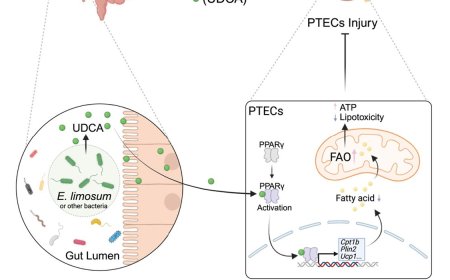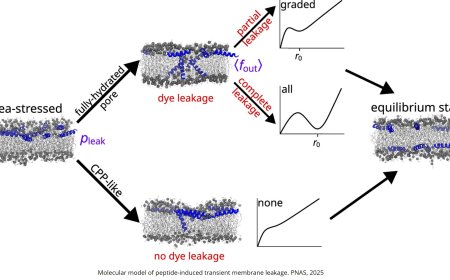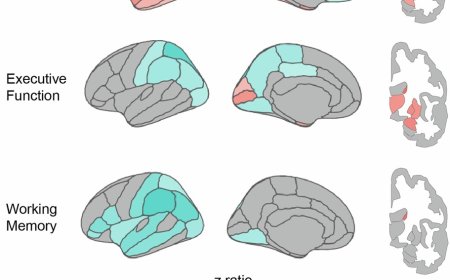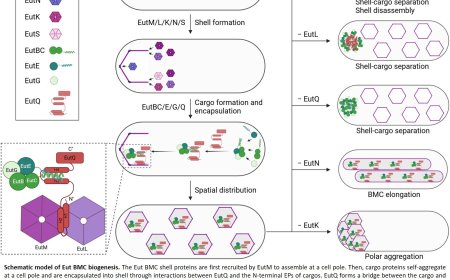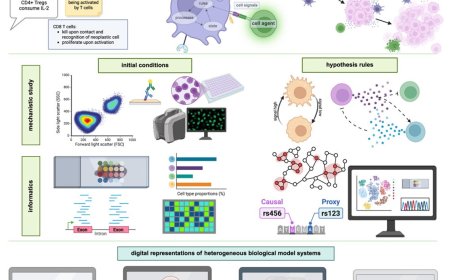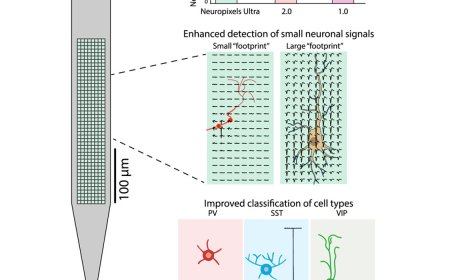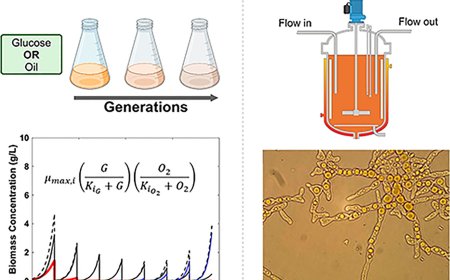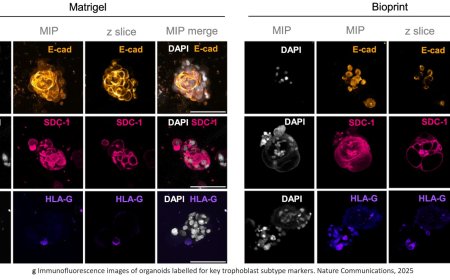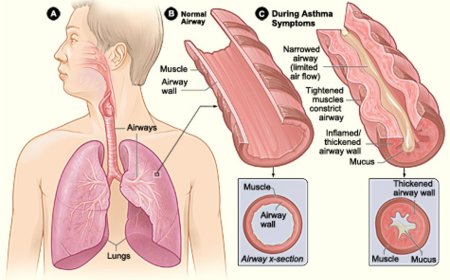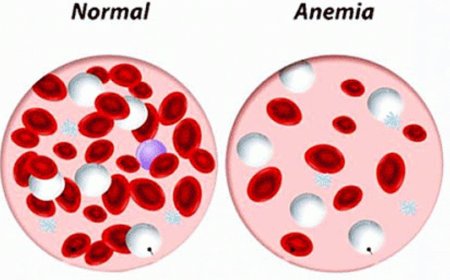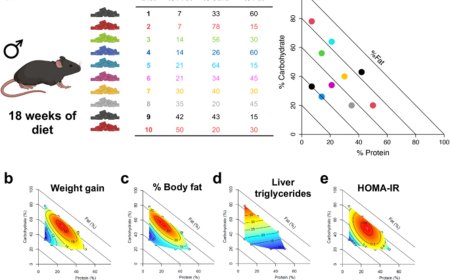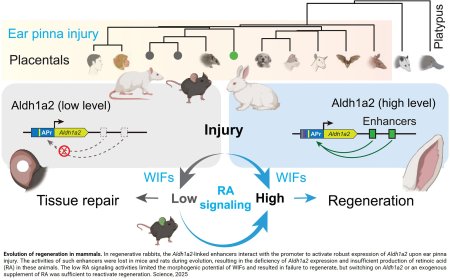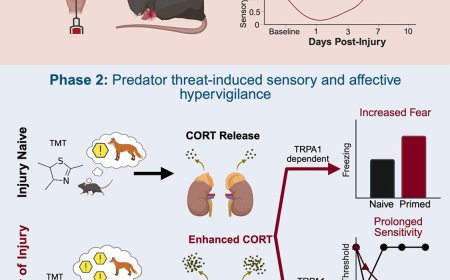Self-repairing mitochondria use novel recycling system
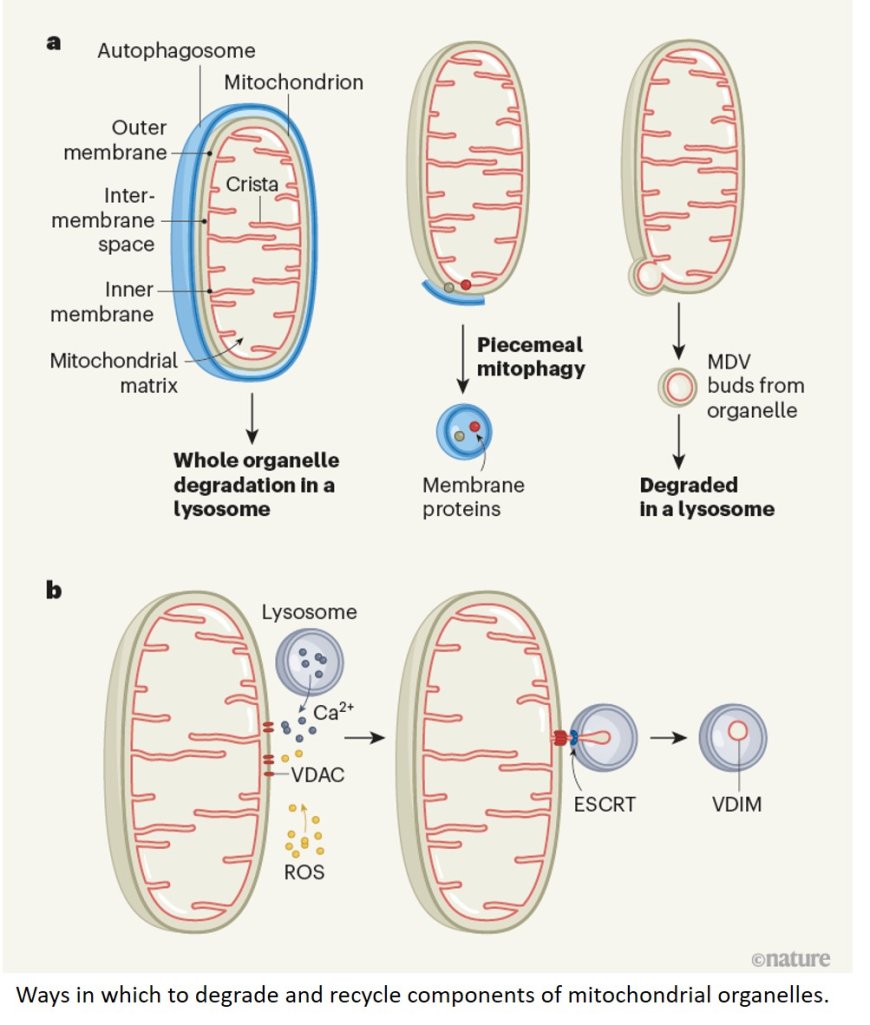
Mitochondria are tiny structures inside of cells that carry out a wide range of critical functions, including generating energy to help keep cells healthy. Every mitochondrion has two layers of membranes: the outer membrane and the inner membrane. On the inner membrane, folds called cristae contain proteins and molecules needed for energy production. When cristae are damaged, there can be a negative impact on an entire cell.
“Our research shows, for the first time, that mitochondria are able to recycle a localized injury, removing damaged cristae, and then function normally afterward,” says the lead of the study published in Nature.
In addition to being essential to keeping mitochondria healthy, the research team believe this mechanism could present a future target for the diagnosis and treatment of conditions characterized by mitochondrial dysfunction, including infection, fatty liver disease, aging, neurodegenerative conditions and cancer.
In cells, structures called lysosomes act as recycling centers that can digest different kinds of molecular material. With state-of-the art microscopes the researchers identified that a mitochondria’s damaged crista can squeeze through its outer membrane to have a lysosome directly engulf it and break it down successfully.
The researchers named the novel process VDIM formation, which stands for vesicles derived from the inner mitochondrial membrane. By removing damaged cristae through VDIMs, cells can prevent harm from spreading to the rest of the mitochondria and the whole cell.
“We believe that VDIMs could be a way of protecting cells from health conditions that affect mitochondria, such as cancer and neurodegeneration,” the author says.
The research team, including scientists found that forming a VDIM involved several steps and molecules. First, a damaged crista releases a signal that activates a channel on the nearby lysosome to allow calcium to flow out of the lysosome. Calcium then activates another channel on the outer membrane of the mitochondria to form a pore and allow damaged cristae to squeeze out of the mitochondria into the lysosome, which digests the damaged material – something that has never been seen before. By recycling just the damaged crista, mitochondria can continue its regular function.
“Understanding this process gives us insight into how mitochondria stay healthy, which is important to everyone’s overall health and longevity,” says the author.
Future research will explore how altering VDIM formation could improve symptoms or even prevent health conditions caused by underperforming or damaged mitochondria.
